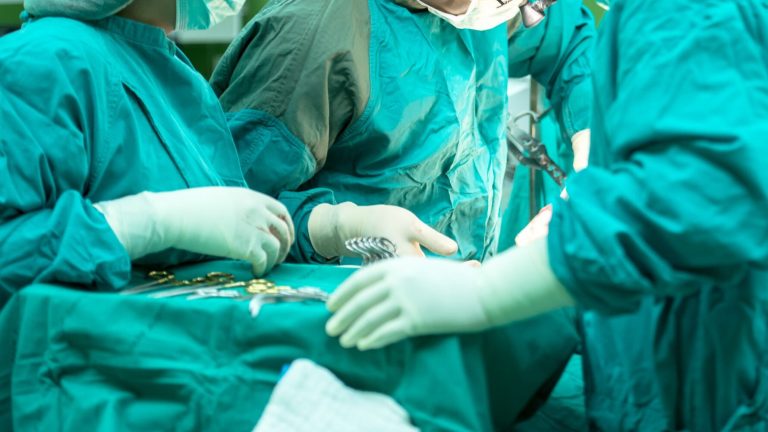He complained of persistent migraines. The diagnosis turned out to be shocking

The man went to the doctor because of recurrent headaches. One of the causes of these ailments turned out to be the man's unusual culinary preferences.
A resident of Florida had been struggling with persistent migraine headaches for some time. Initially, he took medications to alleviate his symptoms. However, their use did not bring the expected results. Finally, the man went to the emergency room. The results of the research amazed experts.
An unusual cause of migraine
The man underwent detailed examinations. Computed tomography of the head showed that Armed tapeworm larvae nested in the patient's brain, leading to the development of cysticercosis of the central nervous system, also known as neurocysticercosis. This is a very rare case. In developed countries, such as the United States, this type of infection usually does not occur – due to thorough food safety control and compliance with sanitary standards. The American's case is unusual for one more reason. The man had not recently traveled to other countries and had no contact with factors that could be a source of infection (e.g. pigs).
So how did the infection occur? The answer to this question was provided by a dietary interview conducted with a 52-year-old man. Florida resident turned out to be a big fan of undercooked bacon. Scientists believe that this is where tapeworm larvae found their way from the digestive system to the brain. causing persistent migraines.
What are the symptoms of tapeworm infection?
Symptoms of cysticercosis depend on the location and number of tapeworm larvae. When the parasites enter the brain, they can cause convulsions, hallucinations, behavioral disorders, mood swings, headaches and dizziness, difficulties in cognitive functioning, nausea, and vomiting. The course of the disease includes periods of exacerbations and remissions (times when symptoms disappear or are much less severe than usual). The infection can develop for years without causing any obvious symptoms.
How is cysticercosis diagnosed and treated?
The diagnosis can be made, among other things, by imaging tests. Treatment of cysticercosis is based primarily on the administration of antiparasitic drugs. At the same time, symptomatic treatment is introduced, the aim of which is to eliminate the symptoms accompanying the infection. These may be, for example, antiepileptic drugs. Sometimes it is necessary to surgically remove the tapeworm larvae and administer anti-inflammatory drugs.






